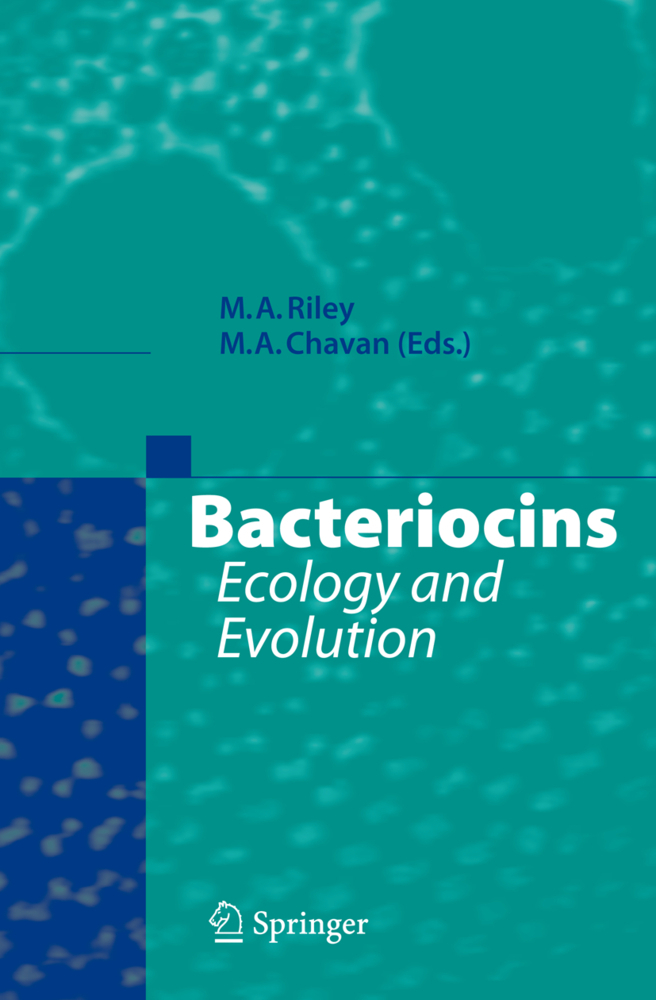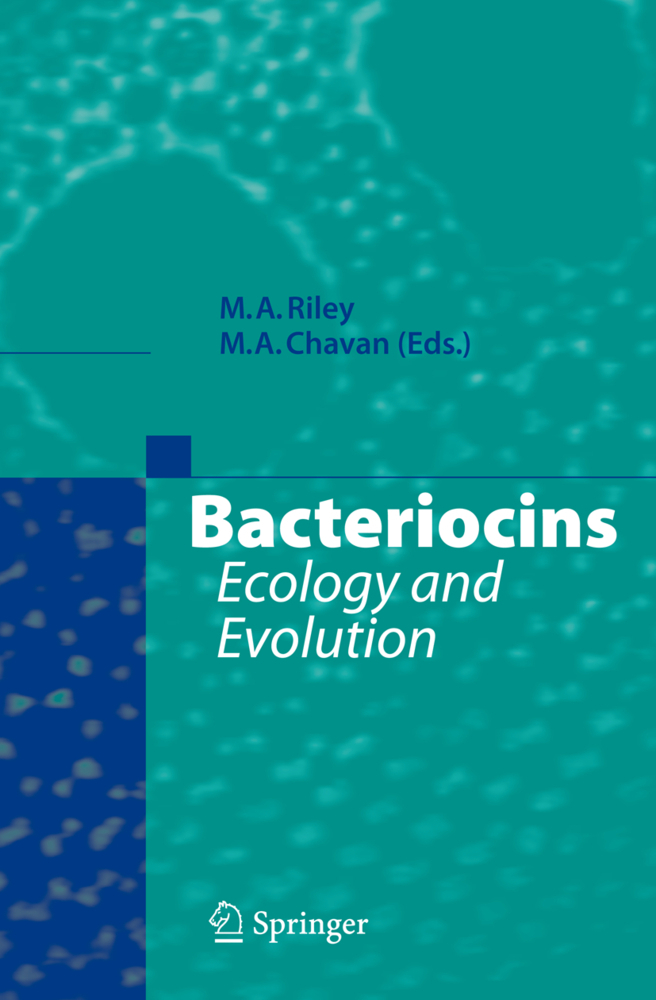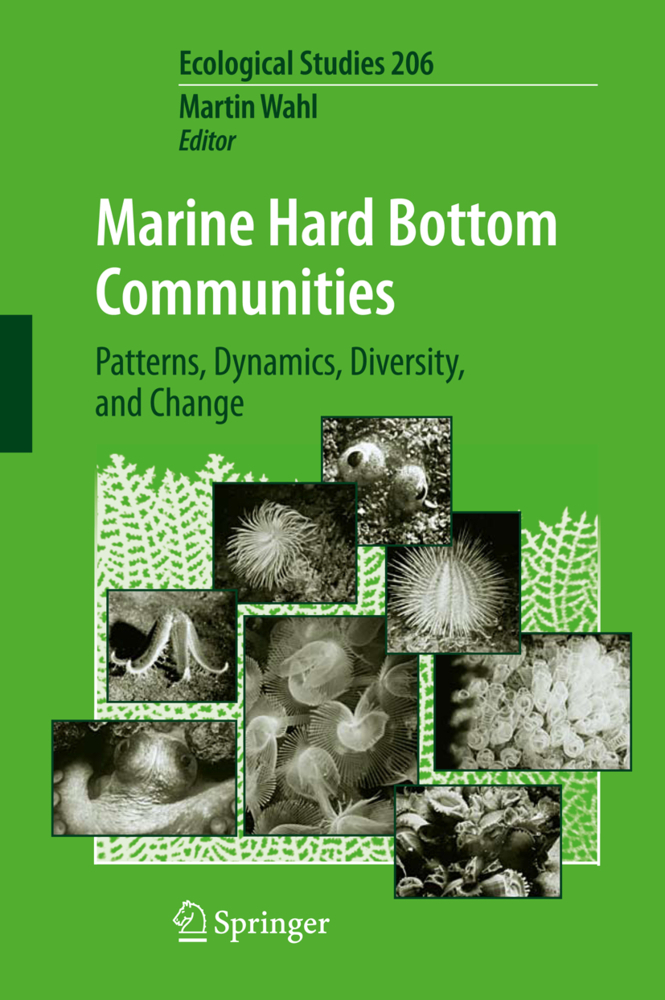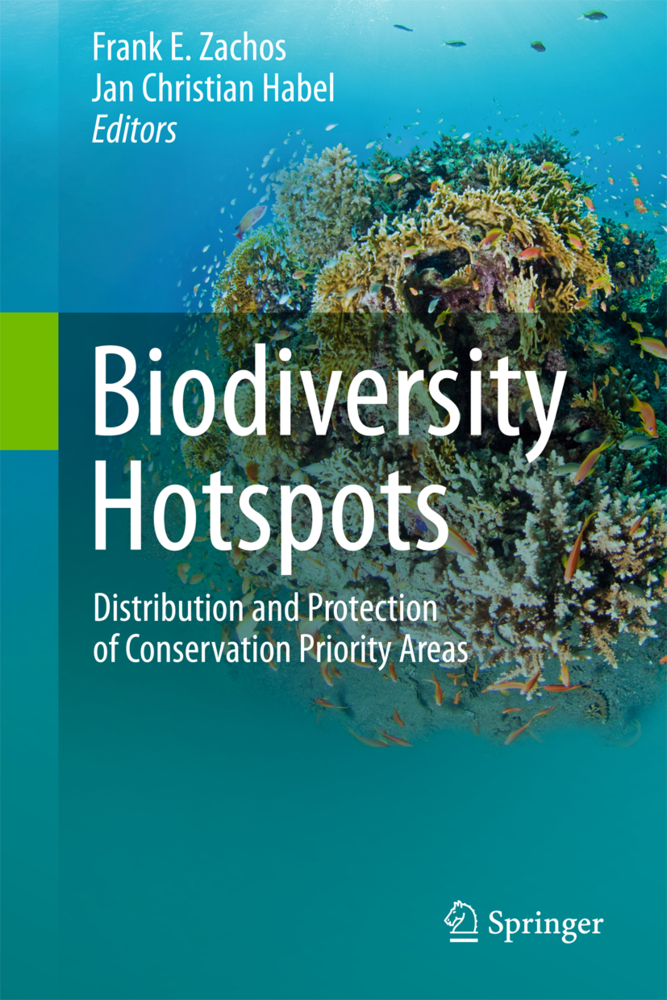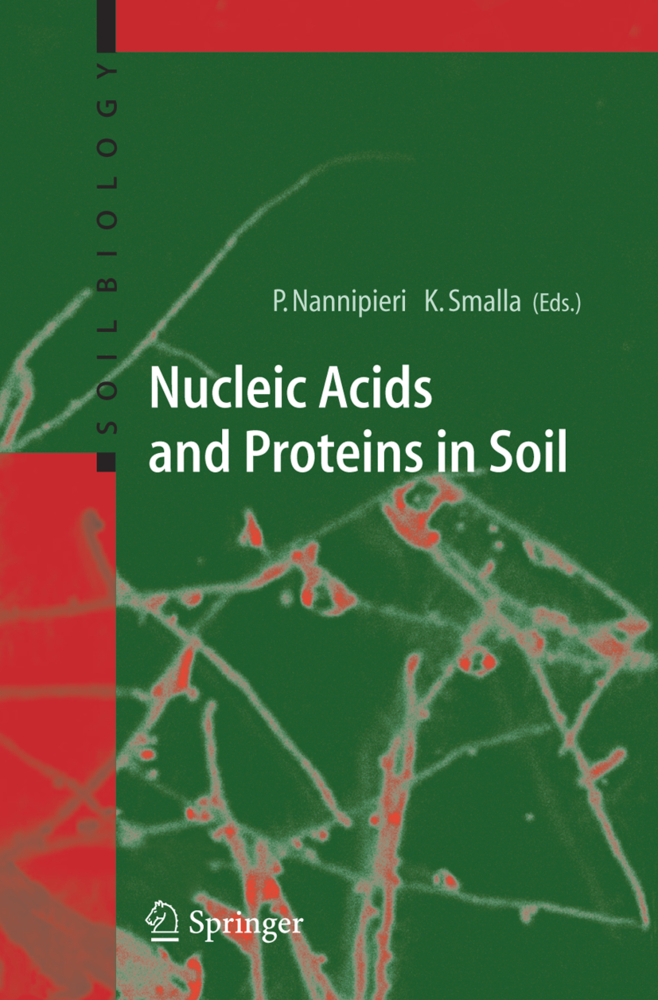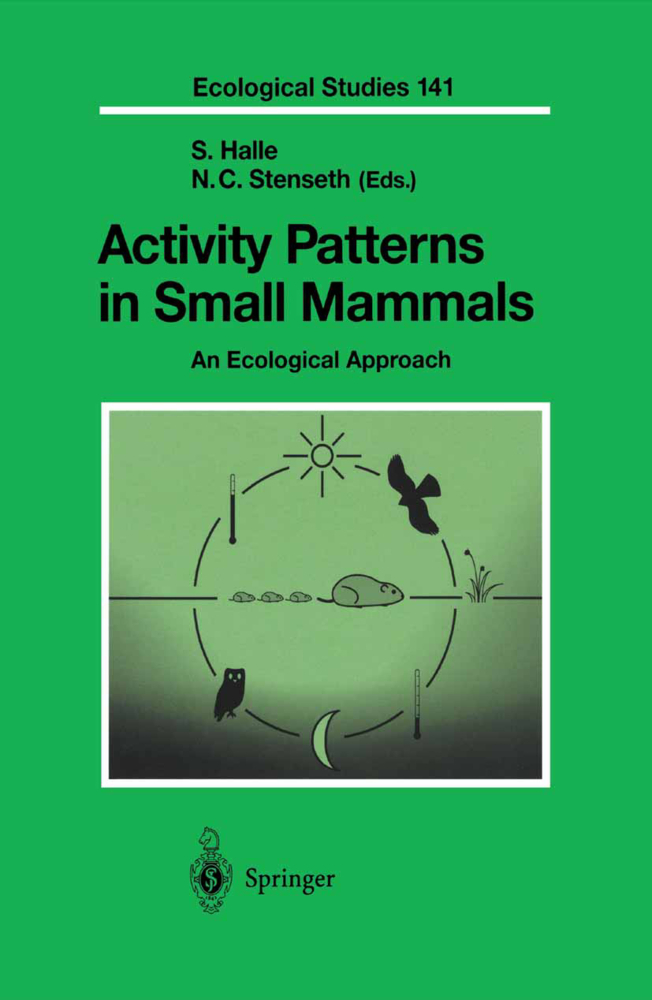Bacteriocins
Microbes produce an extraordinary array of defense systems. These include bacteriocins, a class of antimicrobial molecules with narrow killing spectra, produced by bacteria. The book describes the diversity and ecological role of bacteriocins of Gram-positive and Gram-negative bacteria, presenting a new classification scheme for the former and a state-of-the-art look at the role of bacteriocins in bacterial communication. It discusses the molecular evolution of colicins and colicin-like bacteriocins, and provides a contemporary overview of archaeocins, bacteriocin-like antimicrobials produced by archaebacteria. Furthermore, various modeling (in silico) studies elucidate the role of bacteriocins in microbial community dynamics and fitness, delving into rock-paper-scissors competition and the counter-intuitive survival of the weakest. The book makes compelling reading for a multi-faceted scientific audience, including those working in the fields of biodiversity and biotechnology, notably in the human and animal health domain.
The Diversity of Bacteriocins in Gram-Negative Bacteria
Molecular Evolution of Bacteriocins in Gram-Negative BacteriaThe Diversity of Bacteriocins in Gram-Positive Bacteria
Peptide and Protein Antibiotics from the Domain Archaea: Halocins and Sulfolobicins
The Ecological and Evolutionary Dynamics of Model Bacteriocin Communities
Bacteriocins' Role in Bacterial Communication.
Riley, Margaret A.
Chavan, Milind A.
| ISBN | 978-3-540-36603-4 |
|---|---|
| Medientyp | Buch |
| Copyrightjahr | 2006 |
| Verlag | Springer, Berlin |
| Umfang | X, 150 Seiten |
| Sprache | Englisch |

